Finding your green community: Ecovillages
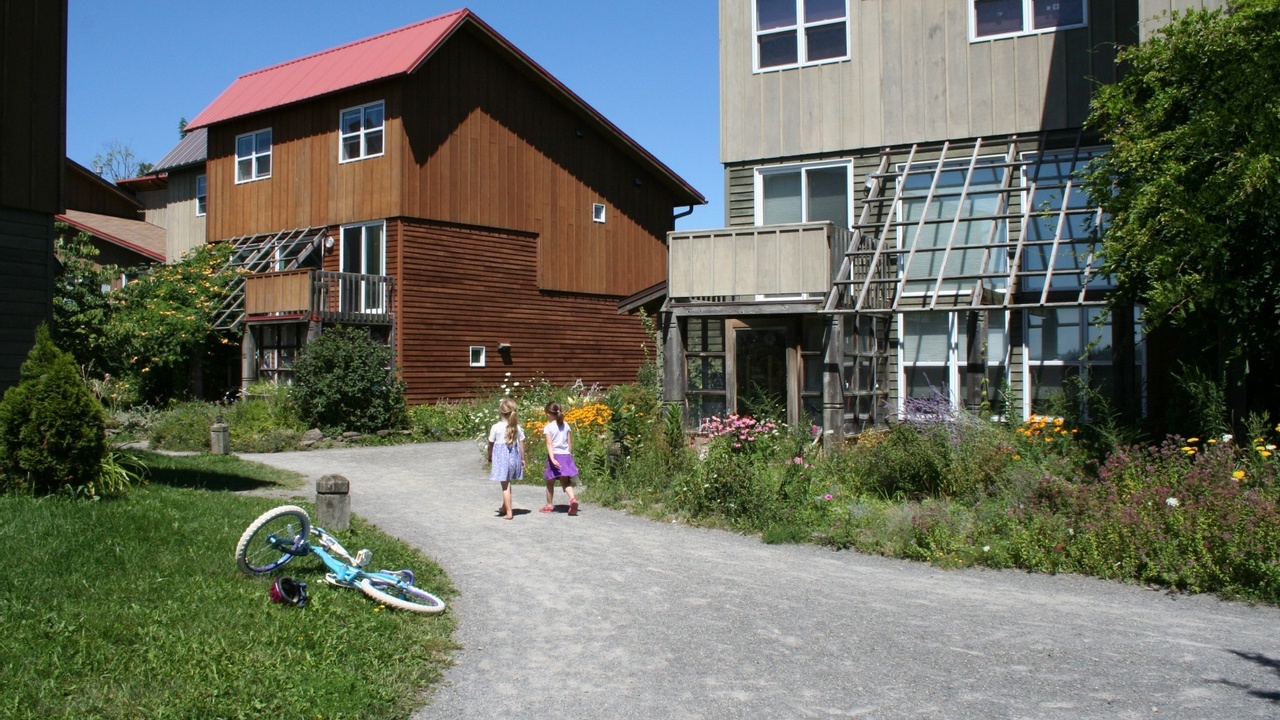
Image sourced from: Ecovillage at Ithaca
It’s no secret that leading an eco-friendly life can sometimes be challenging. But do you know what makes things ten times easier? Community!
After all, it’s hard not to feel discouraged or like the odd one out when your efforts to lessen your environmental impact are not reciprocated by your neighbours or community members. Being surrounded by like minded people creates a beneficial atmosphere where environmentally friendly lifestyle changes, behaviours, projects, and initiatives are encouraged and supported.
This is why there is a plethora of online Facebook groups, neighbourhood meet ups, community clubs and more which strive to facilitate a sense of community for those who are interested in living green.
These small communities are great, but is it possible to create such environmentally friendly communities on a larger scale?
Yes, it is!
Have you ever heard of Ecovillages?
Ecovillages are entire communities which have been built with the goal of becoming more socially, economically, and environmentally sustainable.
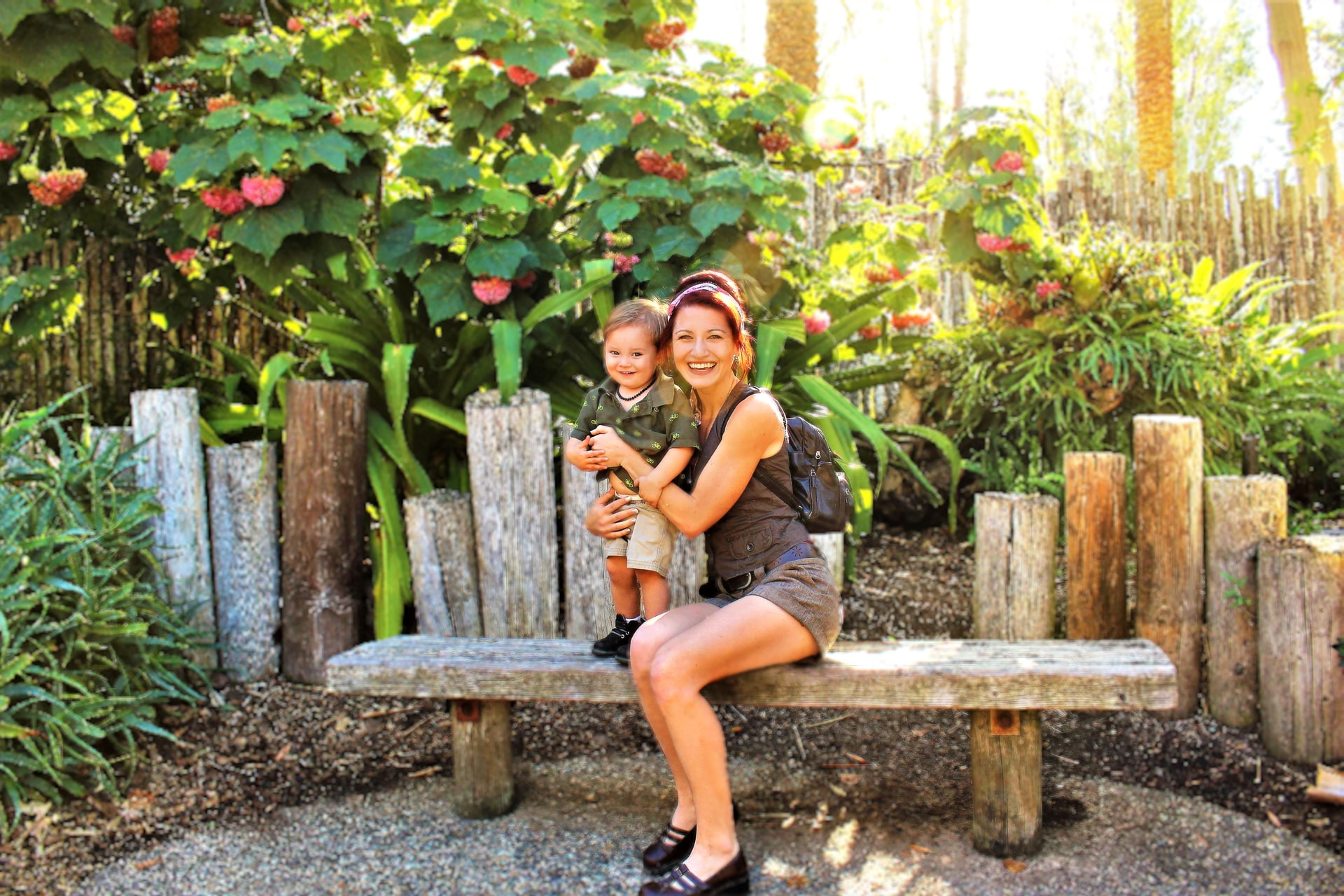 There are two main definitions of ecovillages.
There are two main definitions of ecovillages.
The first definition is from 1991 when Robert Gilman, a thinker on sustainability, defined an Eco Village as a:
“Human-scale full-featured settlement in which human activities are harmlessly integrated into the natural world in a way that is supportive of healthy human development, and can be successfully continued into the indefinite future.”
While this definition is rather static, another definition was created more recently by Kisha Joubert, the Executive Director of the Global Ecovillage Network. In this definition, ecovillages are defined as:
“Intentional, traditional, or urban community that is consciously designed through locally owned, participatory processes in all four dimensions of sustainability (social, culture, ecology, and economy) to regenerate their social and natural environments).”
This newer definition is a bit broader, acknowledging the fact that ecovillages around the world differ based on the people who live there, their individual goals, interests, culture, and more. No two ecovillages will look or function exactly the same.
What’s more, ecovillages are not meant to be one particular outcome, but an ongoing process. In other words, an ecovillage doesn’t have to function perfectly in order for it to count! There is always room for improvement.
Ecovillage Fundamentals
It is important to understand that ecovillages are not designed by developers or architects. They don’t need to be fancy, expensive or completed all at once. Ecovillages are created when like minded people come together with a shared purpose or vision.

Image sourced from: Ecovillage at Ithaca
So, how are these visions implemented within an ecovillage? Of course, it depends on each individual ecovillage, but in general, ecovillages are often concerned with the environmental sustainability of the built environment. For example, wherever possible, green building practices such as passive solar or rammed earth construction may be used.
In addition, some ecovillages may focus on using and preserving traditional construction methods. These methods are not only environmentally friendly, but they also work to preserve local culture – often an important component of ecovillages.
Other ecology-related sustainability measures may include the adoption of alternative energy, community efforts to restore damaged ecosystems through processes such as rewilding, and responsible resource consumption methods such as community composting.
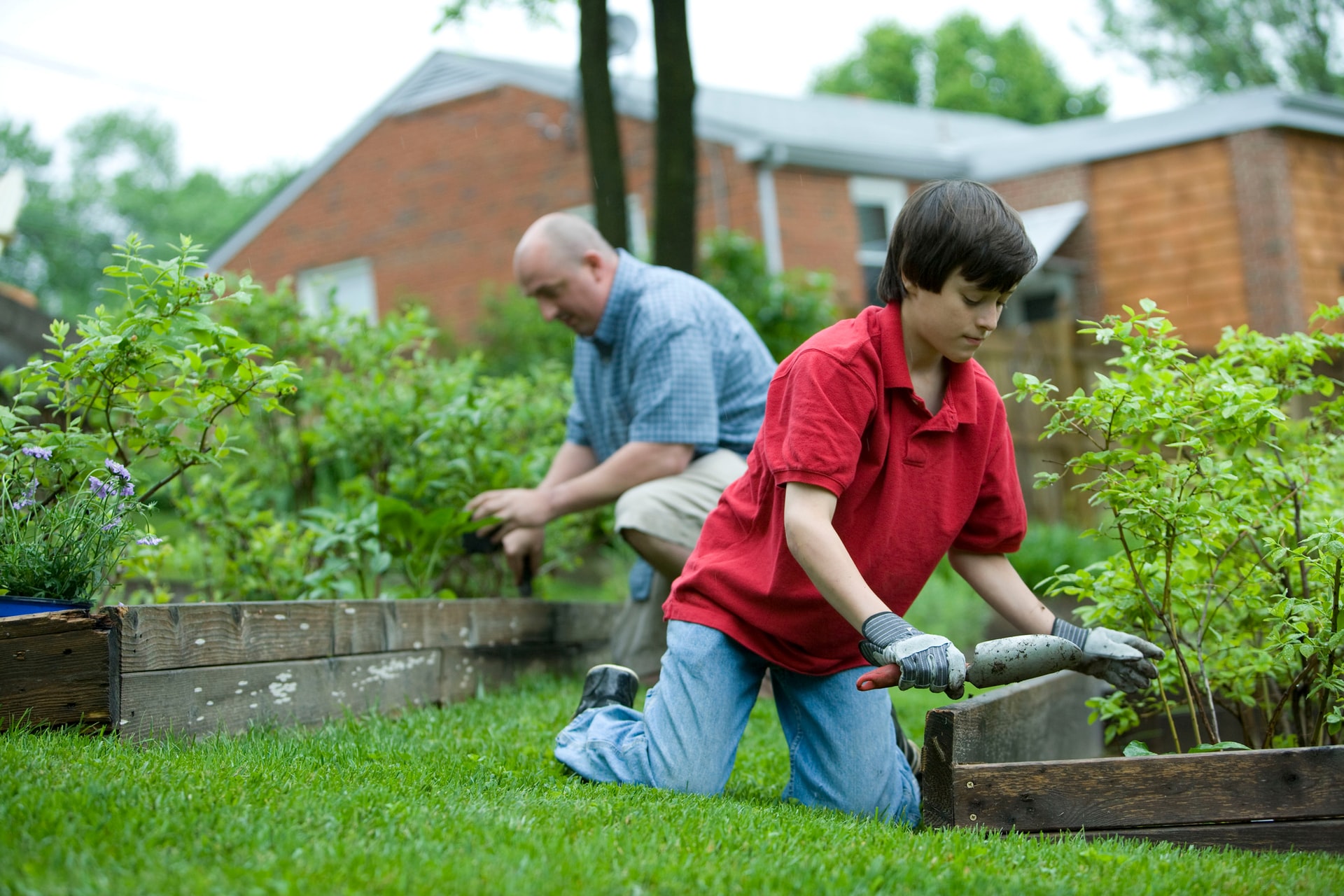
Of course, ecovillages focus on more than just the environment. They are also concerned with creating a welcoming social space where people can share ideas, resources, and enjoy each other’s company.
Many ecovillages include shared indoor or outdoor spaces where community members can take part in fun events or share a meal together. Getting to know your neighbours is an integral part of social sustainability, as it provides individuals with opportunities for positive social interactions. For example, older people living in ecovillages are able to avoid the social isolation that often comes with aging.

In-line with the aspect of sharing spaces and interactions, ecovillages often encourage the sharing of resources. Such resources may include gardens, car share services, and tools.
Ecovillage at Ithaca, New York
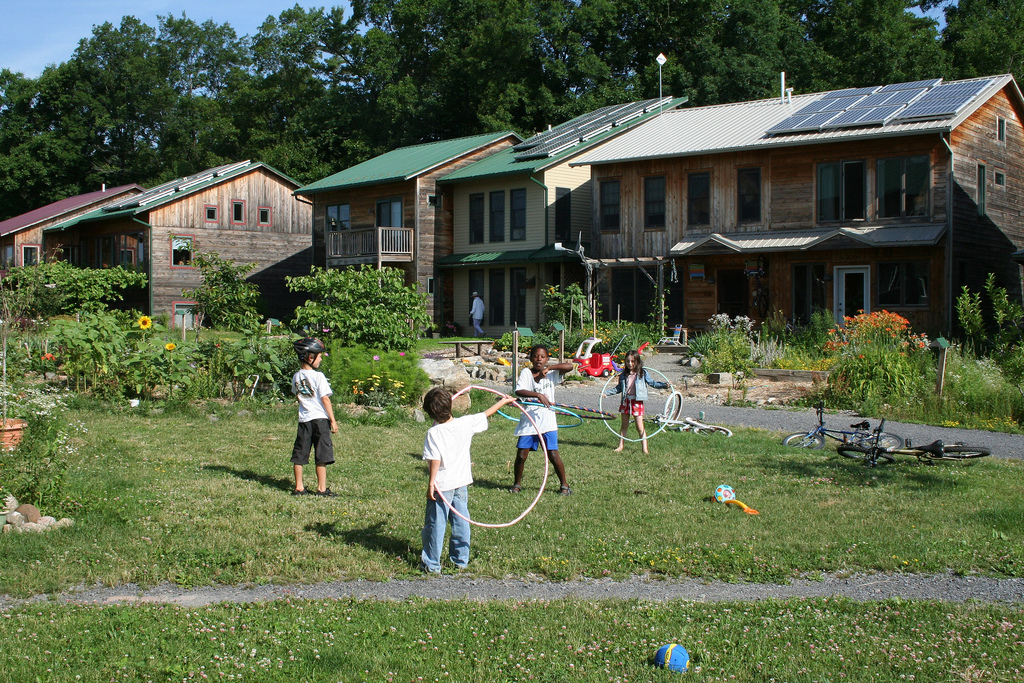
Image sourced from: Ecovillage at Icatha
One of the older ecovillages in the United States is EcoVillage at Ithaca, located in Ithaca, New York. This ecovillage was started in 1992 when the founding residents purchased 175 acres of land where two 30-home cohousing units would eventually be built.
Life at this ecovillage is all about sharing work, play, and resources. The physical layout of this community helps achieve these goals, as cars are parked on the periphery of the neighbourhood, creating a sense of togetherness with winding paths and central gardens. A common house is located in the community so that residents can gather for shared dinners, laundry, meetings, children’s playrooms and more.
Residents volunteer for around 2-3 hours per week in order to contribute to village-wide chores and responsibilities such as cooking, dishes, outdoor maintenance, finances, and more. Of course, there is plenty of time for shared recreational activities such as seasonal celebrations, talent shows, and parties! EcoVillage at Ithaca demonstrates that when community members work together, a great standard of living can be achieved!

Musurrunakuna Indigenous Community
Ecovillages don’t need to be explicitly called “ecovillages” in order to count as one. In fact, people have been living communally, conserving resources, and relying on community members for social support for thousands of years!
For some ecovillages, this way of living isn’t a way of challenging the status quo, but rather the traditional way of living. If we go back to the definition of ecovillages provided by the Global Ecovillage network, we are able to see that traditional ecovillages are “existing rural villages and communities that combine life-sustaining traditional wisdom and positive new innovation.”
According to the Global Ecovillage Network, ecovillages in the global south tend to focus on the preservation of low-impact traditions while improving living standards.
Musurrunakuna Indigenous Community, located in a rural area of Mocoa, Colombia, is an example of such an ecovillage. One of the main aims of this ecovillage is to restore the indigenous Musurrunakuna territory which was severely impacted by a flood in 2017.
Shortly after this disastrous weather event which displaced the Musurrunakuna indigenous community, the Colombian governmental entity for land restitution granted 69 Ha for the reconstruction of this territory. Musurrunakuna families joined together to create a group of people dedicated to sustainably reconstructing the community settlement.
Although the temporary living conditions were minimal, consisting of a camp with a kitchen, a big tent that functioned as a common house, and four dried toilets, the community has worked hard to restore this cultural land which is now owned by the community!
Better together
Ecovillages are great for those who are wanting to create and experience a true sense of togetherness, whether that be through shared goals, community actions, recreational activities, hard work, or all of the above.
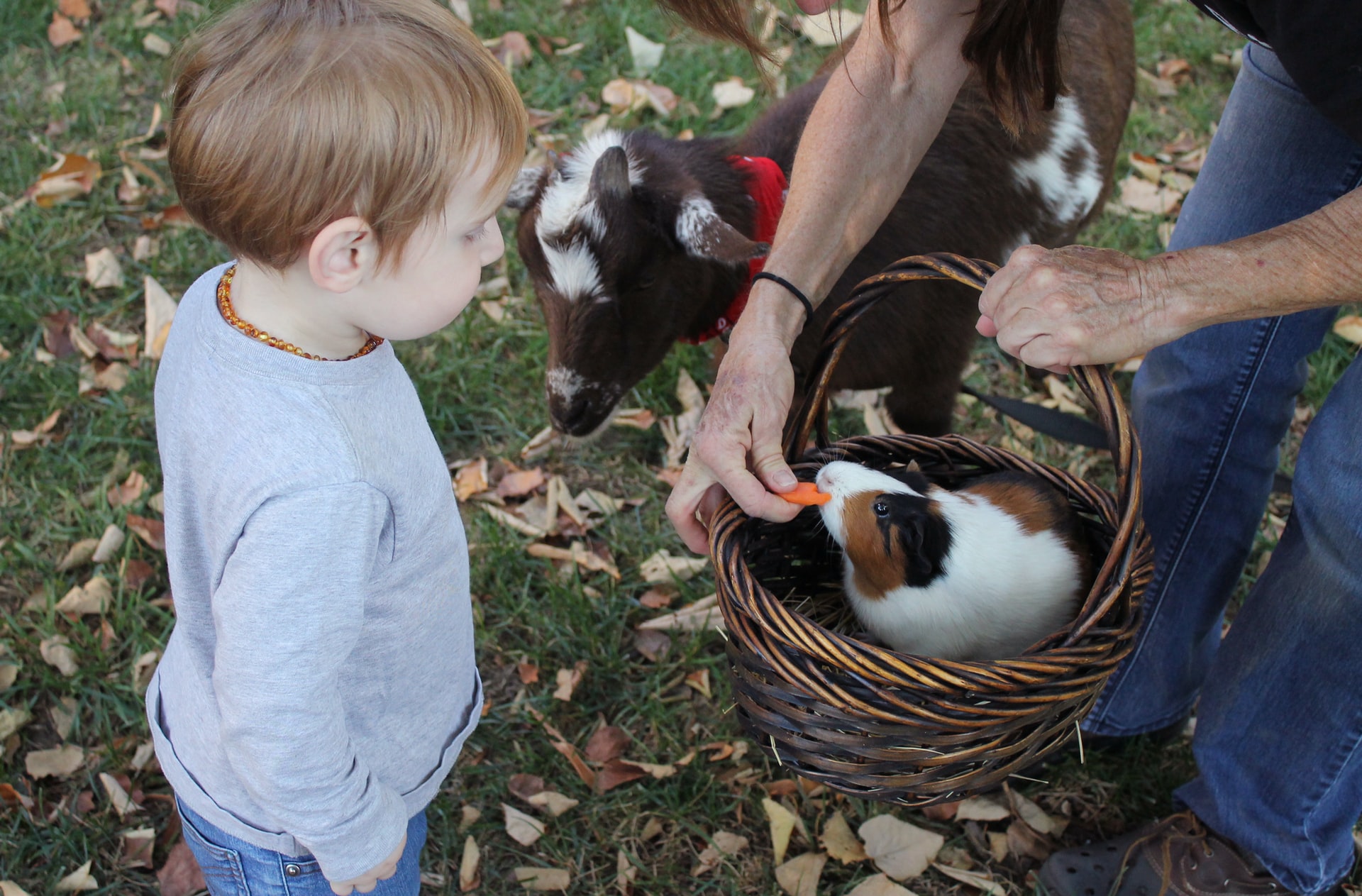
Having this kind of community can have a significant positive impact on your journey towards sustainable wellbeing. If you’re in the market for a new living space and would be interested in this type of communal and sustainable lifestyle, why not check out ecovillages near you?
Stay connected with news and updates!
Join my mailing list to receive the latest news and updates. Your information will not be shared.

